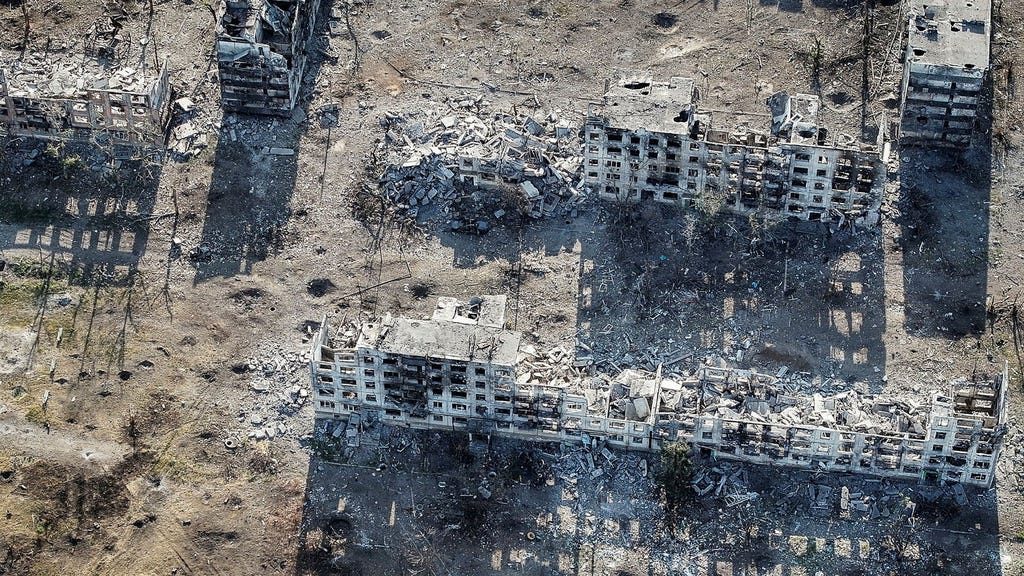Paragraph 1: Overview of Russian Advancements and Casualties
Between September and November of the previous year, Russian forces achieved a significant portion (over 56%) of their territorial gains in Ukraine. However, since then, their progress has been notably hampered, according to the Institute for the Study of War (ISW), a Washington-based think tank. This slowdown coincides with persistently high casualty rates among Russian troops. Throughout the year, Russia managed to capture approximately 4,168 square kilometers of Ukrainian territory, roughly equivalent to the size of the Swedish province of Närke. Simultaneously, Ukrainian Commander-in-Chief Oleksandr Syrskyj reported a staggering 427,000 Russian soldiers killed or wounded during the same period.
Paragraph 2: The High Cost of Russian Territorial Gains
If the Ukrainian figures regarding Russian casualties are accurate, it signifies an alarmingly high cost for every square kilometer gained – approximately 102 Russian soldiers killed or wounded. Furthermore, General Syrskyj emphasized that the casualty figures for November and December were among the highest recorded since the war began in February 2022. This suggests a brutal intensity in the fighting during the latter part of the year, despite the overall slowdown in Russian territorial gains. The high casualty rate raises questions about the long-term sustainability of Russia’s military strategy.
Paragraph 3: Russian Recruitment Efforts and Acceptance of High Casualties
In response to these substantial losses, Russia has undertaken significant recruitment efforts. On Christmas Eve, Dmitry Medvedev, Deputy Chairman of the Russian Security Council, announced that 440,000 recruits had signed contracts with the army throughout the year. The ISW assesses that this influx of new personnel is likely sufficient to replenish the depleted ranks of the Russian military. The ISW further notes that Russia appears to have accepted the high casualty rate as a necessary cost for its territorial ambitions, although the think tank remains uncertain whether Russia will continue to tolerate such high losses indefinitely.
Paragraph 4: Russian Strategic Objectives and Ukrainian Resistance
Throughout the year, Russia prioritized advancing in Donetsk, aiming to seize control of the entire region and establish a buffer zone in the Kharkiv region. However, these objectives have been thwarted by Ukrainian resistance. Ukrainian and Western intelligence also indicate that Russia aimed to capture the entire Luhansk region, another objective that remained unfulfilled. The Ukrainian defense has successfully stalled Russian advances in key areas, demonstrating a resilient capacity to withstand the ongoing offensive.
Paragraph 5: The Situation in Donetsk and Ukrainian Defensive Challenges
Despite their overall setbacks, Russian forces continue to exert pressure on Ukrainian defenses in Donetsk. Ukrainian troops have managed to slow the Russian advance near the cities of Chasiv Yar and Toretsk, but they are gradually being pushed back. The Ukrainian defensive lines in these areas are described as vulnerable, primarily due to a shortage of soldiers. This highlights the ongoing challenges faced by Ukraine in maintaining its defensive posture against a numerically superior adversary.
Paragraph 6: Analysis and Future Implications
The combination of slowed Russian advances, persistently high casualties, and significant Russian recruitment efforts paints a complex picture of the conflict. While Russia has demonstrated a willingness to absorb heavy losses, the sustainability of this approach remains questionable. The Ukrainian defense has proven effective in slowing down the Russian offensive, but faces ongoing challenges in maintaining its lines due to manpower shortages. The future trajectory of the conflict will likely depend on several factors, including the effectiveness of Russian recruitment and training, the ability of Ukraine to bolster its defensive capabilities, and the continued provision of military and financial aid from Western partners. The high human cost of the conflict underscores the urgent need for a peaceful resolution, even as the fighting continues with unrelenting intensity.














